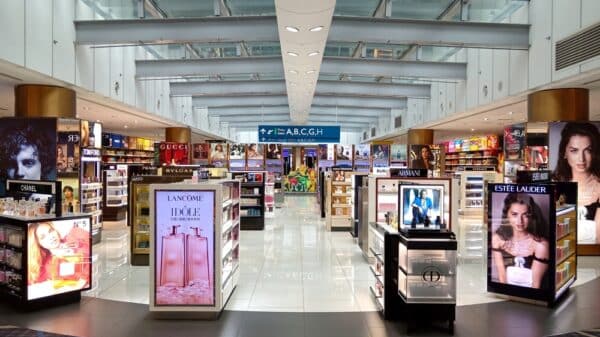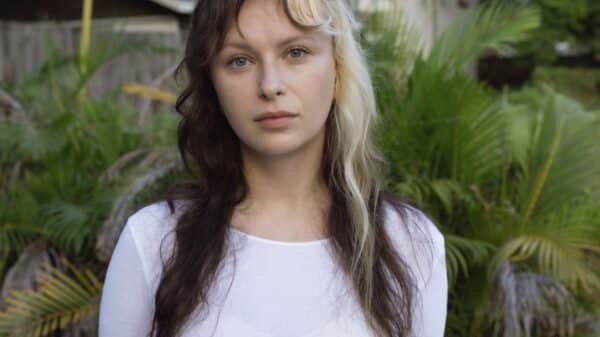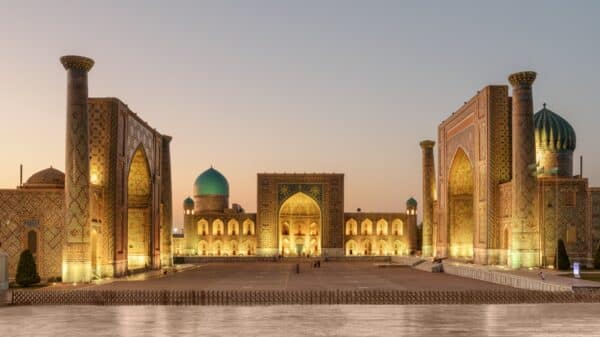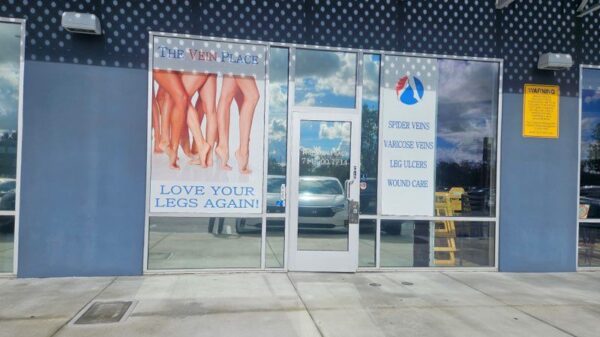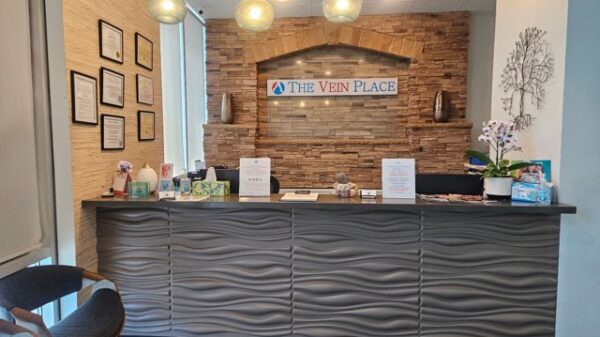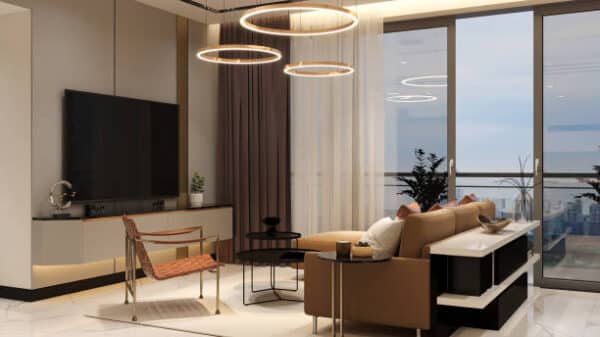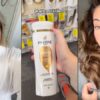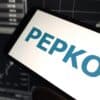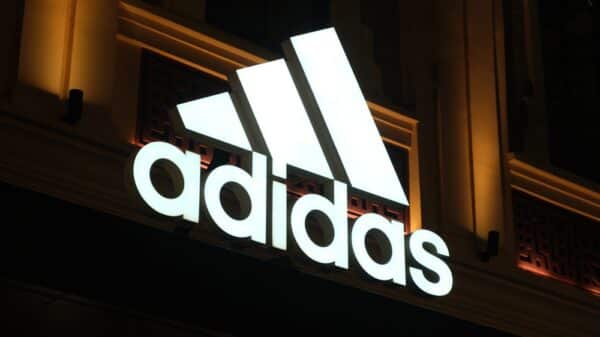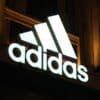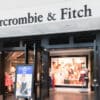Louis Vuitton Enters the Cosmetics Arena
The launch of a makeup line by Louis Vuitton is generating significant excitement in the fashion world. As the largest luxury brand globally, it was one of the last major players to step into the beauty sector. Competitors like Chanel and Armani have long produced cosmetics and fragrances, with newer entrants such as Hermès, Gucci, and Prada making notable expansions into beauty in recent years.
Initial Reactions to the Launch
When the much-anticipated collection debuted recently, it wasn’t just the thoughtfully crafted packaging—the brainchild of furniture designer Konstantin Grcic—or the collaboration with the iconic makeup artist Pat McGrath that turned heads. Instead, it was the eye-popping price points that truly captured public attention.
Pricing for Prestige: A New Standard
With a price tag of $160 for a single lipstick or lip balm, and $250 for a sleek eyeshadow palette, Louis Vuitton has set its cosmetics in a realm of luxury that feels almost unattainable. This ambitious pricing strategy marks a significant departure from market norms, particularly in a landscape where even other luxury brands like Dior and Valentino typically keep their core cosmetics under $60.
The Changing Landscape of Beauty Spending
Luxury shoppers have become accustomed to high price points in certain segments; designer fragrances often exceed $200, while elite skincare brands like La Mer typically charge over $300 for their creams. However, the willingness of consumers to invest in luxury products appears to have evolved. Today’s beauty shoppers are more discerning, often prioritizing value and transparency. As a result, many high-end fashion brands have reported slumping sales, challenging the notion that premium items automatically justify their costs.
Unique Selling Proposition: Ingredients and Variety
Louis Vuitton aims to distinguish itself through premium ingredients sourced from exclusive locations, such as Grasse, the renowned perfumery hub in France. The brand is also offering an impressive array of 55 lipstick shades at launch, far exceeding what most brands typically provide. This breadth of choice positions Louis Vuitton as a serious contender in the beauty arena.
Pricing in Perspective
Interestingly, when viewed within the larger context of Louis Vuitton’s overall product line, the $160 lipstick can be seen as a comparatively reasonable investment. The brand has significantly increased prices across its product range, as evidenced by the nearly 100% hike in the cost of its iconic Neverfull tote between 2017 and 2022. As luxury positioning becomes more pronounced—targeting affluent shoppers with items like $4,000 handbags—this makeup line may cater to customers who have grown accustomed to high prices.
Marketing Challenges Ahead
Despite these ambitious efforts, Louis Vuitton may face challenges scaling this new line. Currently, the products will be available exclusively through the brand’s e-commerce platform and select retail locations. While there’s a connection with Sephora—also owned by LVMH—it remains to be seen if the brand can effectively penetrate a specialty beauty market that predominantly features lower-priced options. Currently, the priciest lipstick Sephora sells is Tom Ford’s $62 version, suggesting significant consumer hesitance regarding high-end cosmetics.
Consumer Sentiment on Luxury Pricing
Compounding the challenges are shifting consumer attitudes towards pricing in the beauty sector. The modern shopper is increasingly value-conscious, regardless of income level. As trends shift towards transparency and authenticity, even lower-priced brands like E.l.f. Beauty are being held accountable for quality and unique value propositions. Consumers of all backgrounds appreciate feeling they have made a smart purchase.
Closing Thoughts
As Louis Vuitton enters the competitive makeup market, they are attempting to carve out a niche among the ultra-wealthy. However, the effectiveness of their premium pricing strategy amidst evolving consumer values remains uncertain. While luxury may appeal to a select few, the majority will continue to scrutinize both quality and price, eager for a sense of value in every purchase.



